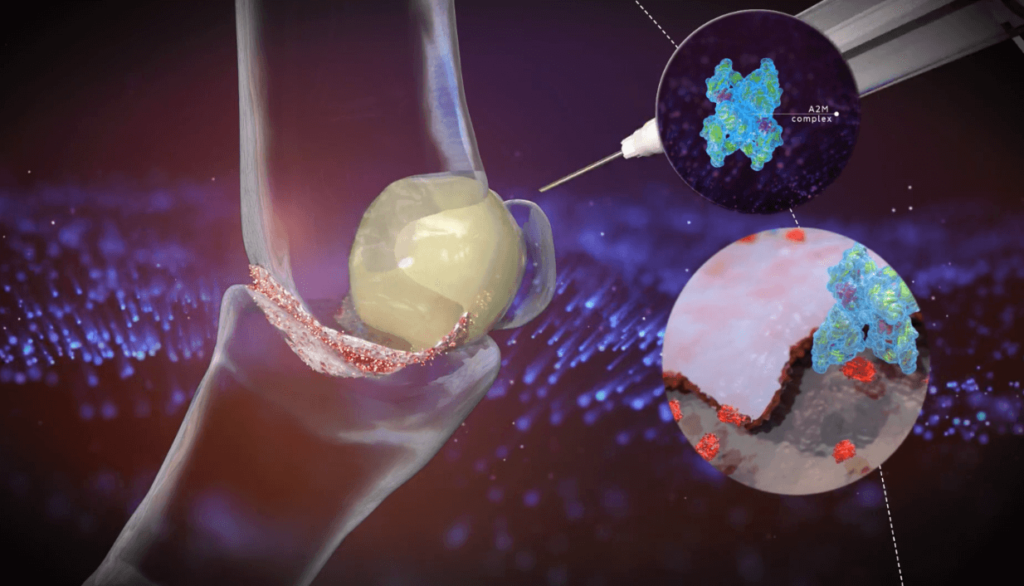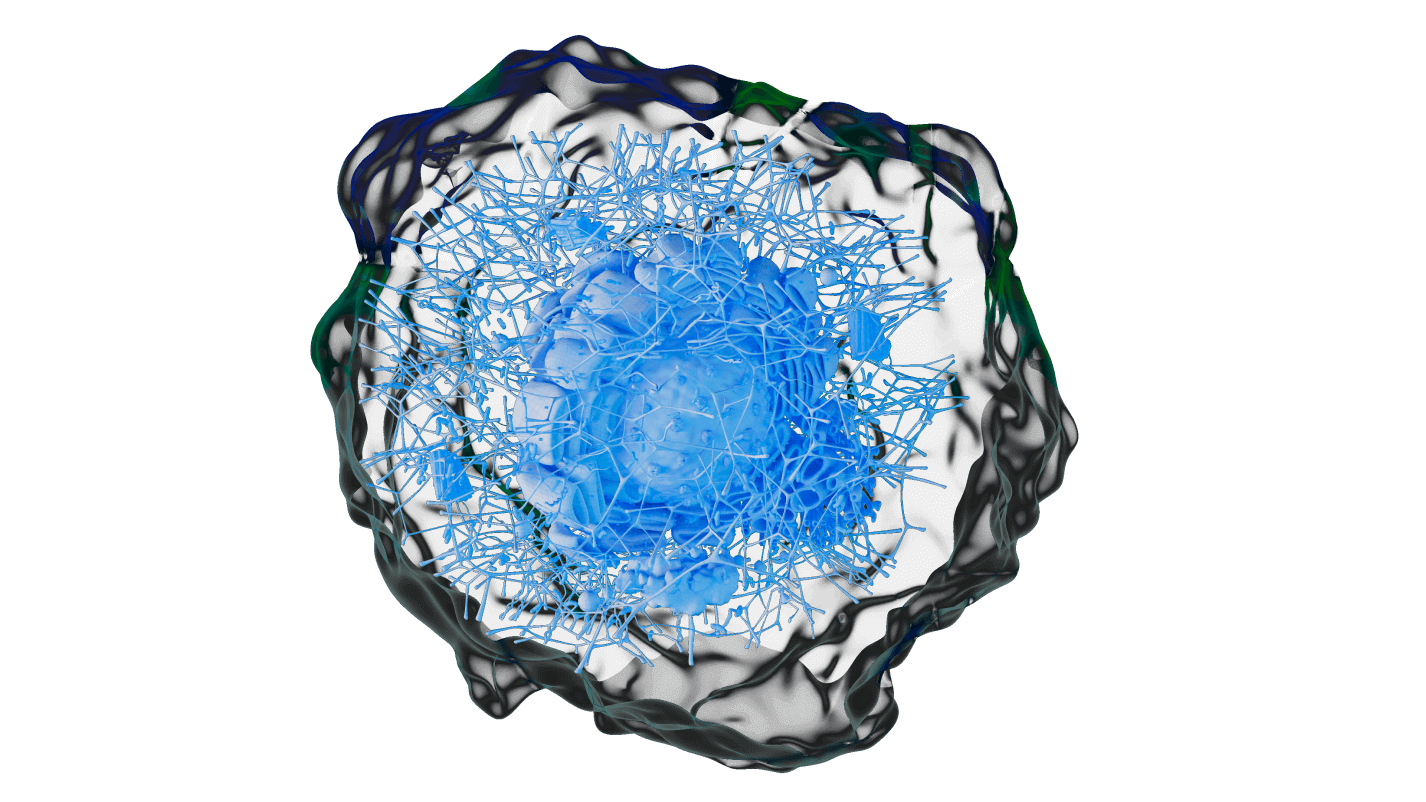Our studio has been developing for more than 12 years, and during this time we have managed to work with various branches of science, including veterinary medicine. We created several veterinary videos and we want to share with you some biological insights into veterinary.
Veterinary projects often begin with the modeling of an animal’s organs and skeleton. One of the most remarkable animal skeletons is the skeleton of a cat. The cat’s skeleton is not so different from the human skeleton. The cat’s skeleton is not so different from the human skeleton. The cat has more bones—230 as opposed to 206—but many are Identical to those in the human being. Cats have 13 ribs; humans have 12. Cats do have clavicles (collar bones) but unlike humans, they are not attached to other bones. It usually takes 18 to 23 caudal vertebrae to make the tail. The cat’s spine is very flexible. It is probably the most flexible of all mammals. A cat can arch its back in a ”U” shape.
Eggs are often implicated in cases of food poisoning due to salmonellosis, which can be acquired by the ingestion of raw or undercooked eggs. Eggs can be contaminated on the outer shell surface and internally. Internal contamination can be the result of penetration through the eggshell or by direct contamination of egg contents before oviposition, originating from infection of the reproductive organs. The question is whether washing eggs can reduce contamination. Scientifically proven that salmonella egg penetration is significantly higher in washed eggs when compared to unwashed eggs. Washing of eggs can significantly damage eggshells which can facilitate contamination. So washing eggs prior to packing can reduce the number of bacteria but consequently, it’s important to prevent recontamination after washing.
In the equine industry, lameness due to joint injury and disease is the most prevalent cause of diminished athletic function and wastage in racing horses. Together, joint injury and joint diseases such as osteoarthritis represent a large majority of the equine clinician’s caseload.
For most horses suffering from pain, their joint space contains more destructive enzymes than their body can handle.
The result is inflammation and cartilage degeneration. However, within the blood is the powerful Alpha-2 Macroglobulin (α2M) molecule. The α2M molecule slows the progression of osteoarthritis and degenerative joint disease by preventing cartilage breakdown and loss. α2M receptor captures destructive elements in the joint space, at which point the lobes “collapse” around them. Once captured, the bound α2M and destructive enzymes are eliminated from the joint space through the body’s natural processes. Though the process seems simple enough, there’s still one problem. While α2M is naturally occurring, it is unable to enter the joint space in high enough quantities due to its large size, complex structure, and the design of the joint so that it should be injected into the affected joint in a usable format. Alpha-2 Macroglobulin emerges as a unique potential treatment of cartilage-based pathology and inflammatory arthritides.

Another interesting way to treat osteoarthritis, as well as other pet injuries, is stem cell therapy. Stem cells are unspecialized cells that are capable of renewing themselves through cell division. Under certain conditions, they can become a specific tissue or organ cell. In many tissues, stem cells serve as an internal repair system, replacing damaged or dead tissues by reproducing and turning into the needed cells.

Among different stem cell types, mesenchymal stem cells currently seem to be the most suitable for therapeutic purposes, based on their simple isolation and culturing techniques, and lack of ethical issues regarding their usage. Because of their remarkable immunomodulatory abilities, MSCs are increasingly gaining recognition in veterinary medicine.
Traumatic and stress injuries of tendons and ligaments naturally heal with the formation of scar tissue, which is functionally deficient in comparison to healthy tissue. While the initial injury causes a reduction in structural stiffness, fibrosis obliterates the physiological architecture and function of the tendon or ligament. This results in compromised locomotor function prone to re-injury. The use of MSC is a good alternative to the traditional approach because it represents a potential tool for better tissue regeneration. Regenerative cell-based therapy aims toward healing with the proper formation of collagen fibers and successful regaining of normal tendon activity with a lesser risk for reoccurrences.

Veterinary projects also require animation at the molecular, cellular, tissue, and organ levels. However, this is a separate whole Universe, in which many innovations are hidden, which we have yet to cover.




